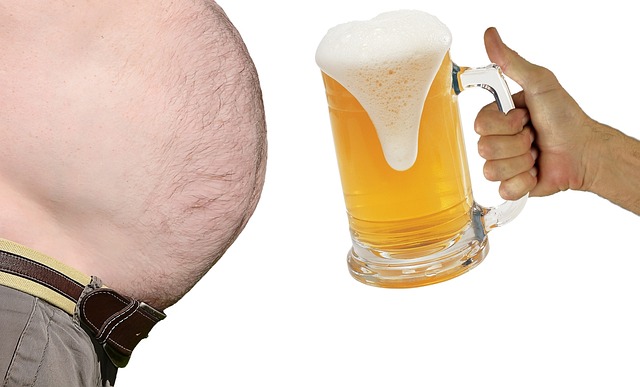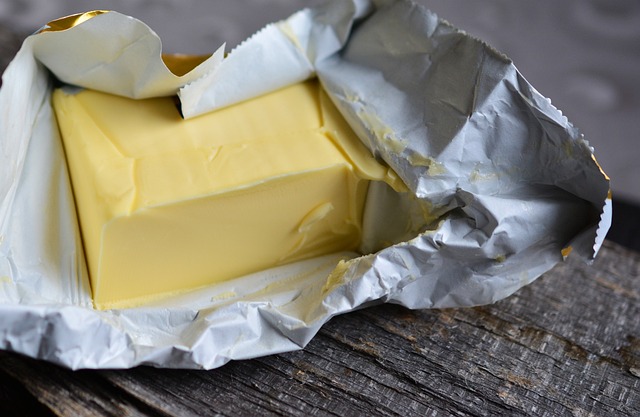"Fat Reduction Solutions (FRS) offer non-surgical body contouring through advanced technologies like laser, radiofrequency, and HIFU, breaking down fat cells safely. These minimally invasive procedures target problem areas, aid in lymphatic drainage, and provide gradual results. FRS cater to individuals seeking spot reduction, with ideal candidates having stable weights and localized fat deposits. Post-care involves hydration, gentle exercise, and a balanced diet. Long-term success requires maintaining a sustainable lifestyle for up to years."
Discover the transformative power of non-surgical targeted fat loss—a revolutionary approach to achieving a sculpted body without incisions. This comprehensive guide explores cutting-edge fat reduction solutions, from understanding the basics to delving into advanced techniques like laser and cryolipolysis. Learn about the science behind these methods, their numerous benefits, and crucial considerations for safety and effectiveness. Whether you’re a candidate or simply curious, this article provides insights for successful fat loss journeys.
Understanding Non-Surgical Fat Loss: Unveiling the Basics

Non-surgical fat loss, also known as fat reduction solutions, has gained significant popularity in recent years as a safe and effective alternative to invasive procedures. Unlike traditional surgical options, these advanced treatments offer a minimally intrusive approach to achieving desired body contouring without incisions or extensive recovery periods. The basic principle behind non-surgical fat loss involves targeting specific areas of stubborn fat using various technologies, such as laser energy, radiofrequency, or high-intensity focused ultrasound (HIFU).
These innovative methods work by disrupting the cell membranes of fat cells, leading to their breakdown and subsequent elimination from the body through natural processes. One of the key advantages is the ability to selectively target problem areas, allowing for more precise results. Additionally, non-surgical fat loss treatments are often accompanied by lifestyle modifications, including dietary adjustments and exercise routines, to optimize outcomes and promote long-term maintenance of a slimmer, healthier physique.
The Science Behind Targeted Fat Reduction Techniques

The science behind targeted fat reduction techniques revolves around understanding the complex interplay between our bodies’ hormonal systems, metabolism, and adipose (fat) cells. Modern non-surgical methods harness this knowledge to specifically target and reduce fat deposits in desired areas without impacting overall health or muscle mass. Key among these are technologies that use focused energy sources, such as radiofrequency or laser, to stimulate fat cell breakdown and enhance lymphatic drainage.
These innovative fat reduction solutions work by exploiting the fact that fat cells have unique properties and behavior compared to other cell types. By carefully directing energy into fat cells, these treatments can break them down, leading to their removal from the body through natural processes like urination or defecation. The result is a slimmer, more contoured physique without the need for invasive surgery or prolonged recovery periods.
Benefits of Non-Invasive Fat Loss Treatments

Non-invasive fat loss treatments offer a range of benefits, making them an attractive option for those seeking fat reduction solutions. One of the key advantages is their safety and minimal side effects compared to surgical procedures. These non-surgical methods use targeted technologies like laser, radiofrequency, or ultrasound to break down and eliminate fat cells without any incisions or extensive downtime. This makes them suitable for individuals who want to improve their body contour but may not be candidates for surgery due to health reasons or lifestyle preferences.
Additionally, non-invasive fat loss treatments provide a more comfortable and convenient experience. Patients can typically return to their regular activities immediately after the procedure, without the need for extensive recovery periods. This flexibility allows individuals to combine treatment sessions with daily routines, making it easier to fit into busy schedules. The results also tend to be gradual and natural-looking, ensuring that the body maintains its overall balance and proportions.
Exploring Different Methods: From Laser to Cryolipolysis

In the quest for targeted fat loss, non-surgical procedures have emerged as popular alternatives to invasive surgeries. Among these, laser technology and cryolipolysis stand out as innovative Fat Reduction Solutions. Laser treatments utilize focused light energy to break down fat cells, promoting their elimination from the body through natural processes. This method is known for its precision, allowing for targeted treatment of specific areas without affecting surrounding tissue.
Cryolipolysis, on the other hand, cools fat cells to temperatures below zero, causing them to crystallize and eventually die. This non-invasive procedure is effective in reducing fat bulges and contouring problem areas. As technology advances, these methods continue to evolve, offering safer, more efficient Fat Reduction Solutions for those seeking to enhance their body shape without undergoing surgery.
Safety and Effectiveness: What You Need to Know Beforehand

Before considering any fat reduction solutions, it’s crucial to understand the safety and effectiveness of non-surgical targeted fat loss methods. Unlike surgical procedures, these treatments offer a less invasive approach, making them appealing for many individuals seeking body contouring. However, it’s essential to remember that results may vary from person to person, and not all methods are created equal.
Research shows that certain non-surgical techniques, such as cryolipolysis (cooling fat cells) and high-intensity focused ultrasound (HIFU), have proven effective in reducing fat deposits. Yet, like any procedure, they carry their own set of potential risks and side effects. It’s paramount to consult with a qualified healthcare provider who can guide you through the options, weigh the pros and cons, and help you choose the best fat reduction solution for your specific needs and medical history.
Candidate Selection: Who is a Good Fit for These Procedures?

Non-surgical targeted fat loss procedures are an attractive option for individuals seeking effective fat reduction solutions without the risks and recovery time associated with traditional surgery. The ideal candidates for these procedures are those with specific areas of concern, typically resistant to diet and exercise changes. This includes people with localized fat deposits, often in problem zones like the abdomen, thighs, or arms.
Good fit also depends on overall health and lifestyle. Candidates should be in relatively good health, non-smokers, and committed to maintaining a healthy lifestyle after the procedure. It’s important to note that these treatments are not for weight loss but rather for spot reduction, making them ideal for individuals with stable weights who want to improve their body composition and contour.
Post-Treatment Care and Recovery Tips

After your non-surgical targeted fat loss treatment, proper post-care is essential for optimal results and a speedy recovery. It’s recommended to stay hydrated by drinking plenty of water to aid in flushing out toxins and promoting skin elasticity. Gentle exercise, such as light walking or yoga, can also help speed up the process while providing much-needed movement and circulation benefits.
In terms of diet, maintain a balanced and healthy eating plan, focusing on whole foods like fruits, vegetables, lean proteins, and whole grains. Avoid processed foods, excessive sugars, and unhealthy fats for at least a week post-treatment to support your body’s natural healing process. Remember, these fat reduction solutions work best when combined with a healthy lifestyle, so consider this a beginning rather than an end to your wellness journey.
Long-Term Results and Maintenance Strategies

When it comes to non-surgical targeted fat loss, understanding long-term results and maintenance is crucial for sustained success. Unlike surgical procedures that offer immediate but often temporary outcomes, effective non-surgical methods focus on gradual, natural fat reduction that can last for months or even years with proper care. These fat reduction solutions aim to change underlying metabolic patterns, leading to a more balanced body composition over time.
Maintenance strategies play a vital role in preserving results. This typically involves adopting a sustainable lifestyle that includes regular physical activity and a balanced diet. Incorporating exercises tailored to target problem areas can help maintain muscle tone while further reducing fat. Additionally, monitoring calorie intake and macronutrient ratios ensures a healthy balance, preventing the regain of unwanted fat. Remember that consistency is key; maintaining these habits will ensure long-term success in managing body fat levels.
